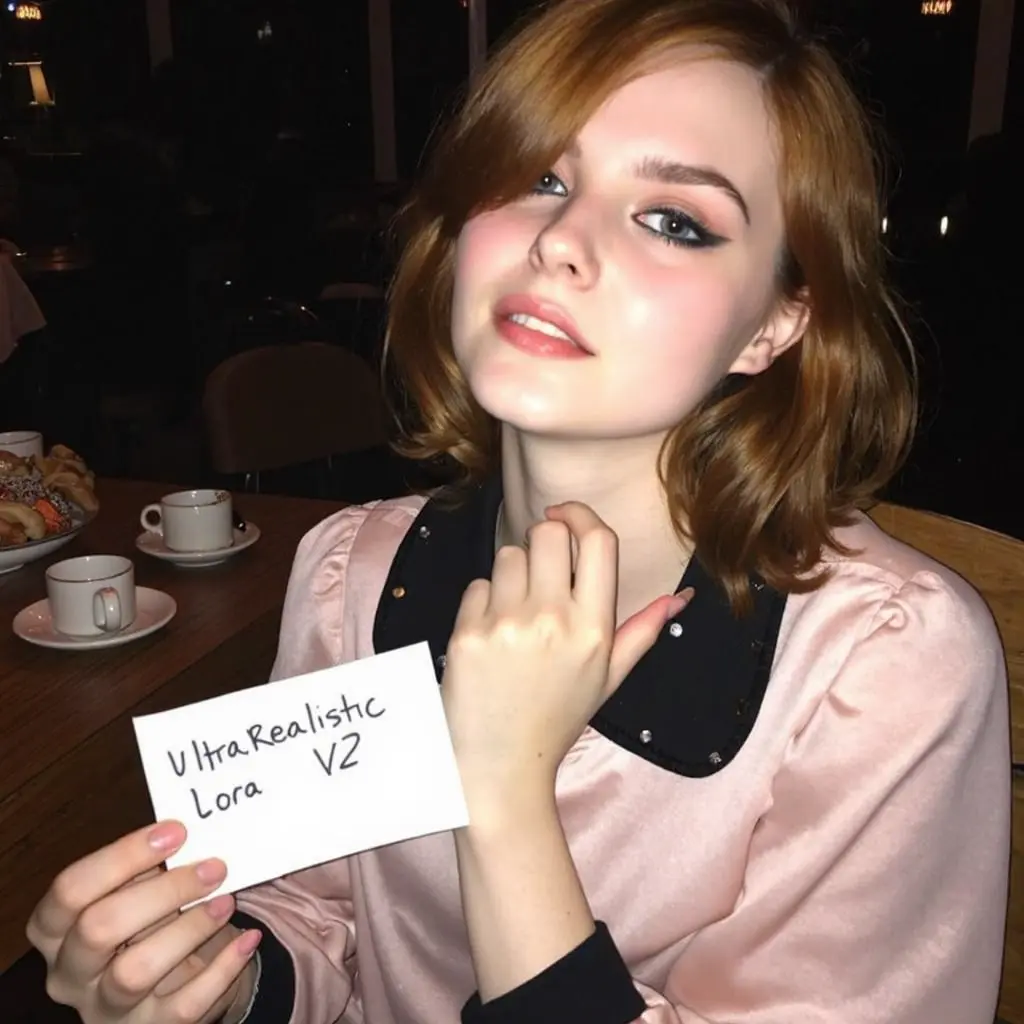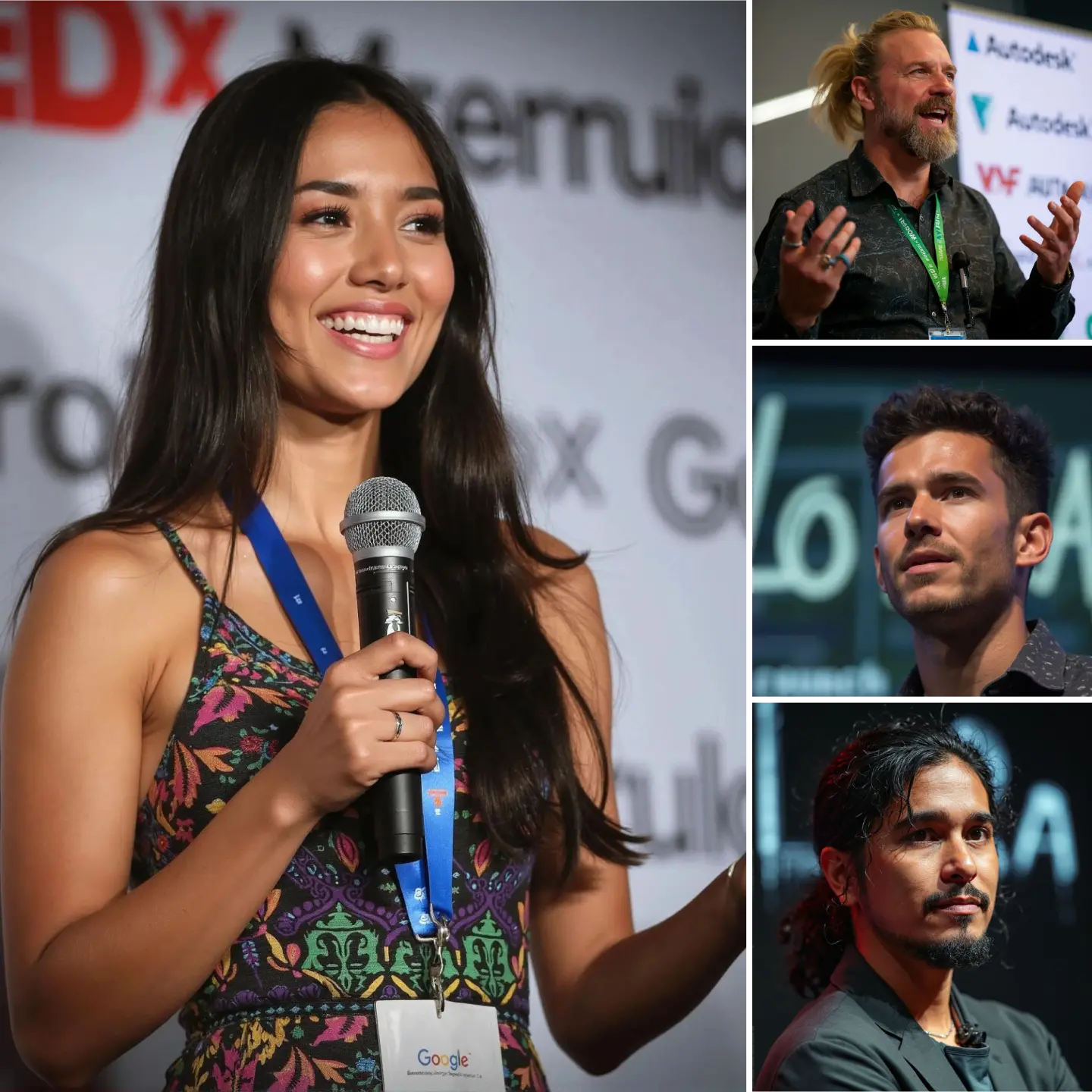ComfyUI Extension: ComfyUI-moondream
ComfyUI-moondream
kijai (Account age: 2467 days)Nodes
View all nodes(2)Latest Updated
2024-08-12Github Stars
0.1K
How to Install ComfyUI-moondream
Install this extension via the ComfyUI Manager by searching for ComfyUI-moondream- 1. Click the Manager button in the main menu
- 2. Select Custom Nodes Manager button
- 3. Enter ComfyUI-moondream in the search bar
Visit ComfyUI Online for ready-to-use ComfyUI environment
- Free trial available
- 16GB VRAM to 80GB VRAM GPU machines
- 400+ preloaded models/nodes
- Freedom to upload custom models/nodes
- 200+ ready-to-run workflows
- 100% private workspace with up to 200GB storage
- Dedicated Support
ComfyUI-moondream Description
ComfyUI-moondream is an image-to-text query node with batch processing capabilities, enabling efficient conversion of multiple images to text within the ComfyUI framework.
ComfyUI-moondream Introduction
ComfyUI-moondream is a compact yet powerful vision-language model designed to assist AI artists in generating detailed and contextually accurate descriptions of images. This extension leverages advanced machine learning techniques to interpret and describe visual content, making it an invaluable tool for artists who want to enhance their creative projects with AI-generated insights.
The primary goal of ComfyUI-moondream is to simplify the process of understanding and describing visual elements in images. Whether you are working on digital art, graphic design, or any other visual project, this extension can help you generate meaningful descriptions, answer questions about the content, and provide insights that can inspire your creative process.
How ComfyUI-moondream Works
At its core, ComfyUI-moondream uses a vision-language model to analyze images and generate text-based descriptions. Think of it as a smart assistant that can "see" an image and then "talk" about what it sees. The model has been trained on a large dataset of images and corresponding descriptions, allowing it to understand and describe a wide range of visual content.
Here's a simple analogy: Imagine you have a friend who is an expert in art and photography. You show them a picture, and they start telling you all about it—what's in the image, what the objects are, and even some interesting details you might not have noticed. ComfyUI-moondream works in a similar way, but instead of a human friend, you have an AI model providing the insights.
ComfyUI-moondream Features
ComfyUI-moondream comes with several features designed to enhance your experience:
- Image Description: The model can generate detailed descriptions of the content in an image. For example, it can tell you what objects are present, their colors, and their positions.
- Question Answering: You can ask the model specific questions about an image, and it will provide answers based on its analysis. For instance, you can ask, "What is the girl holding?" and get a precise answer.
- Interactive Mode: If you don't provide a specific prompt, the model allows you to interactively ask questions about the image, making it a flexible tool for exploring visual content.
- Gradio Demo: The extension includes a Gradio demo script that lets you run a web-based interface for easy interaction with the model. This is particularly useful for those who prefer a graphical user interface over command-line operations.
ComfyUI-moondream Models
The extension currently features the moondream1 model, which is a 1.6 billion parameter model built using SigLIP, Phi-1.5, and the LLaVA training dataset. This model strikes a balance between performance and resource efficiency, making it suitable for a wide range of applications.
Model Benchmarks
Here are some benchmark comparisons to give you an idea of how moondream1 performs:
| Model | Parameters | VQAv2 | GQA | VizWiz | TextVQA | | --- | --- | --- | --- | --- | --- | | LLaVA-1.5 | 13.3B | 80.0 | 63.3 | 53.6 | 61.3 | | LLaVA-1.5 | 7.3B | 78.5 | 62.0 | 50.0 | 58.2 | | MC-LLaVA-3B | 3B | 64.2 | 49.6 | 24.9 | 38.6 | | LLaVA-Phi | 3B | 71.4 | - | 35.9 | 48.6 | | moondream1 | 1.6B | 74.3 | 56.3 | 30.3 | 39.8 |
Troubleshooting ComfyUI-moondream
Here are some common issues you might encounter while using ComfyUI-moondream and how to solve them:
- Inaccurate Descriptions: If the model generates inaccurate descriptions, try providing clearer images or more specific prompts. The model's performance can vary based on the quality and clarity of the input image.
- Model Not Responding: Ensure that all dependencies are correctly installed. You can do this by running
pip install -r requirements.txtin your command line. - Interactive Mode Issues: If the interactive mode isn't working, make sure you are running the script correctly. Use the command
python sample.py --image [IMAGE_PATH]and follow the prompts. - Gradio Demo Not Launching: If the Gradio demo doesn't launch, check that you have all necessary packages installed and that there are no conflicts. Run
python gradio_demo.pyand ensure your environment is set up correctly.
Learn More about ComfyUI-moondream
To further explore the capabilities of ComfyUI-moondream and get support, you can check out the following resources:
- Hugging Face Spaces: Try out the model directly in your browser.
- LLaVA-Phi Paper: Learn more about the underlying technology and training dataset.
- Community Forums: Join discussions with other AI artists and developers to share tips, ask questions, and get help. By leveraging these resources, you can make the most out of ComfyUI-moondream and enhance your creative projects with AI-generated insights.
ComfyUI-moondream Related Nodes
RunComfy is the premier ComfyUI platform, offering ComfyUI online environment and services, along with ComfyUI workflows featuring stunning visuals. RunComfy also provides AI Playground, enabling artists to harness the latest AI tools to create incredible art.


